Meadows in the 2020s
Solo show
Gallery Heerz Tooya
Bulgaria, 2024
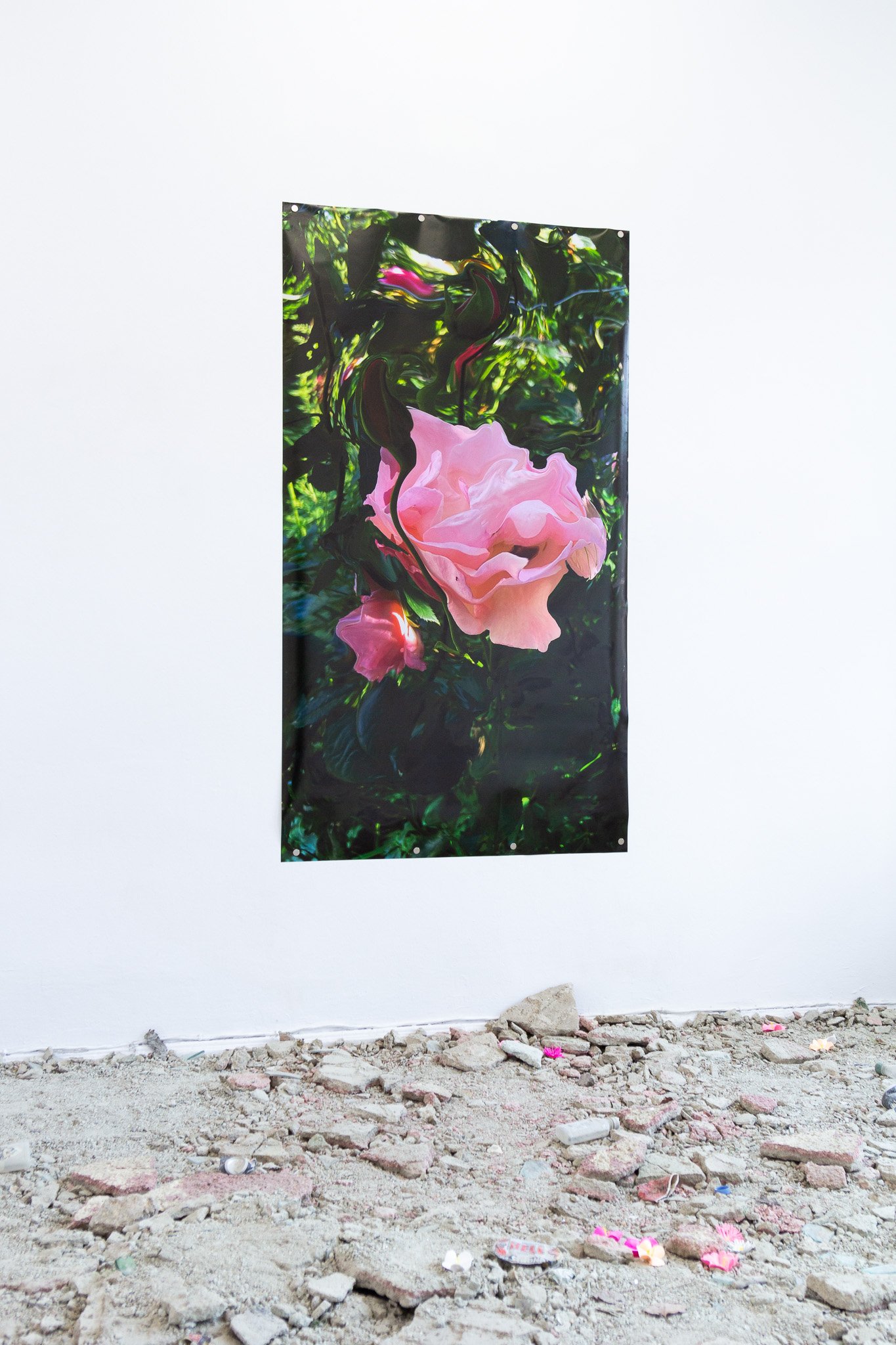

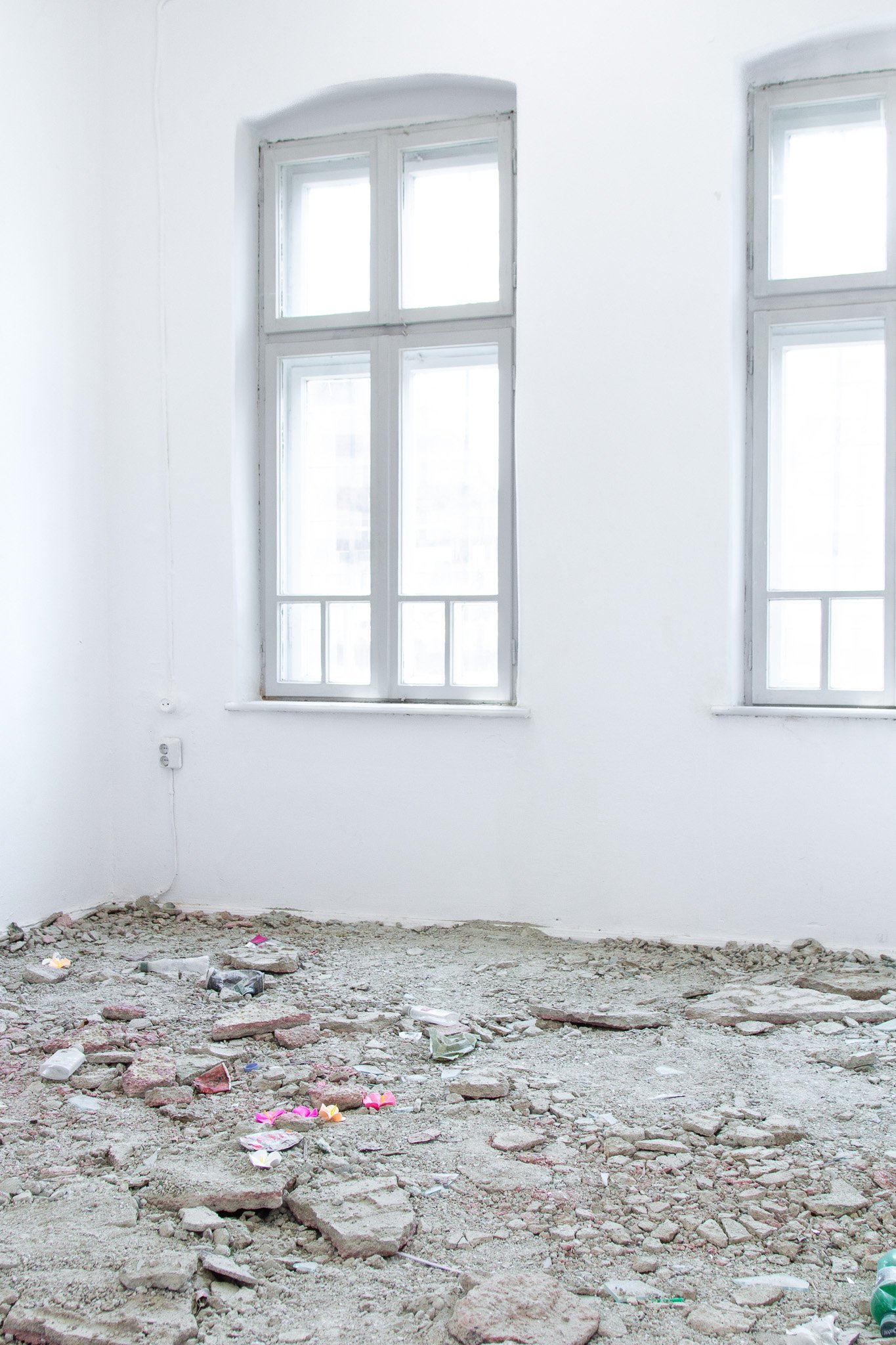




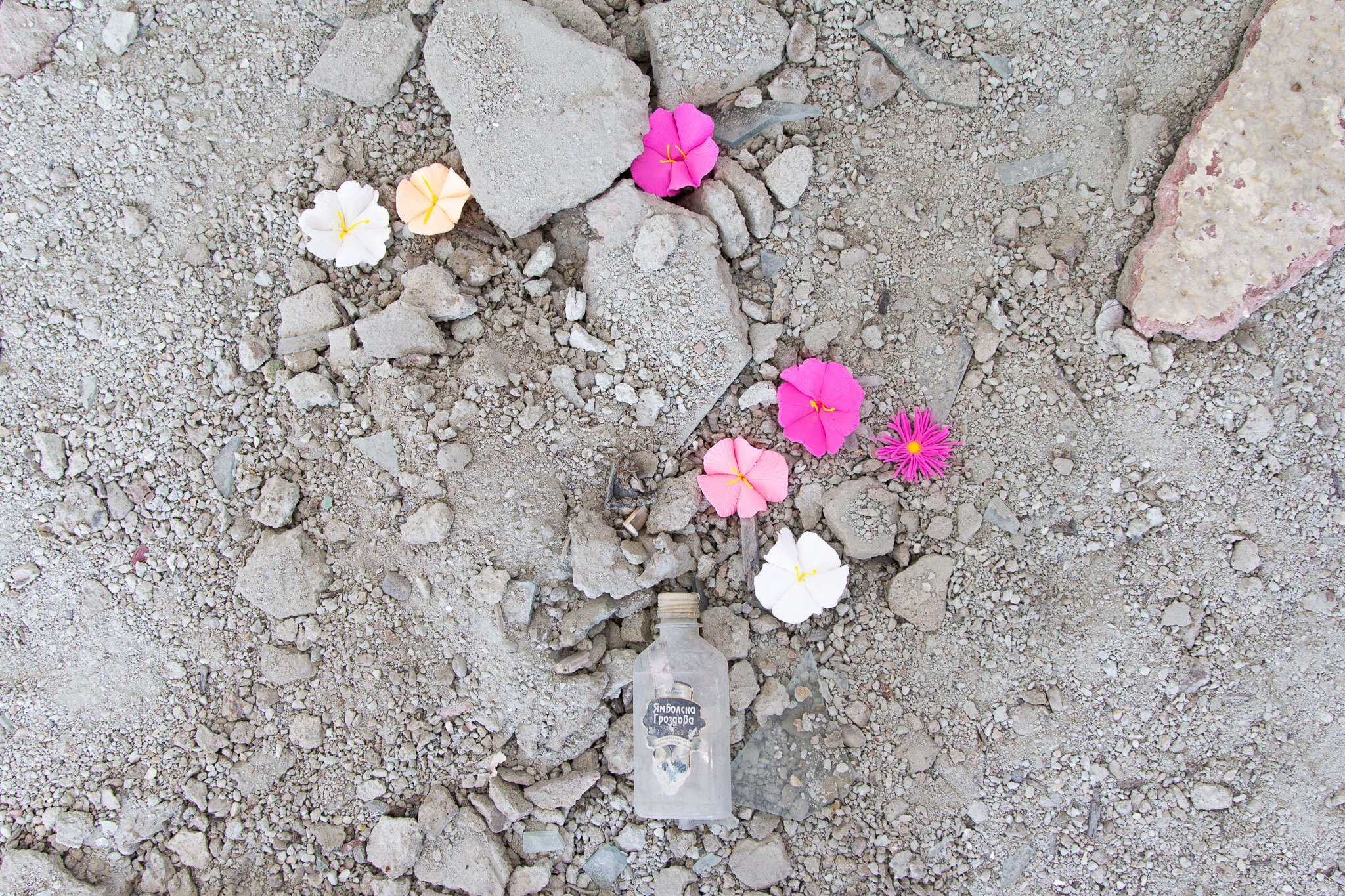

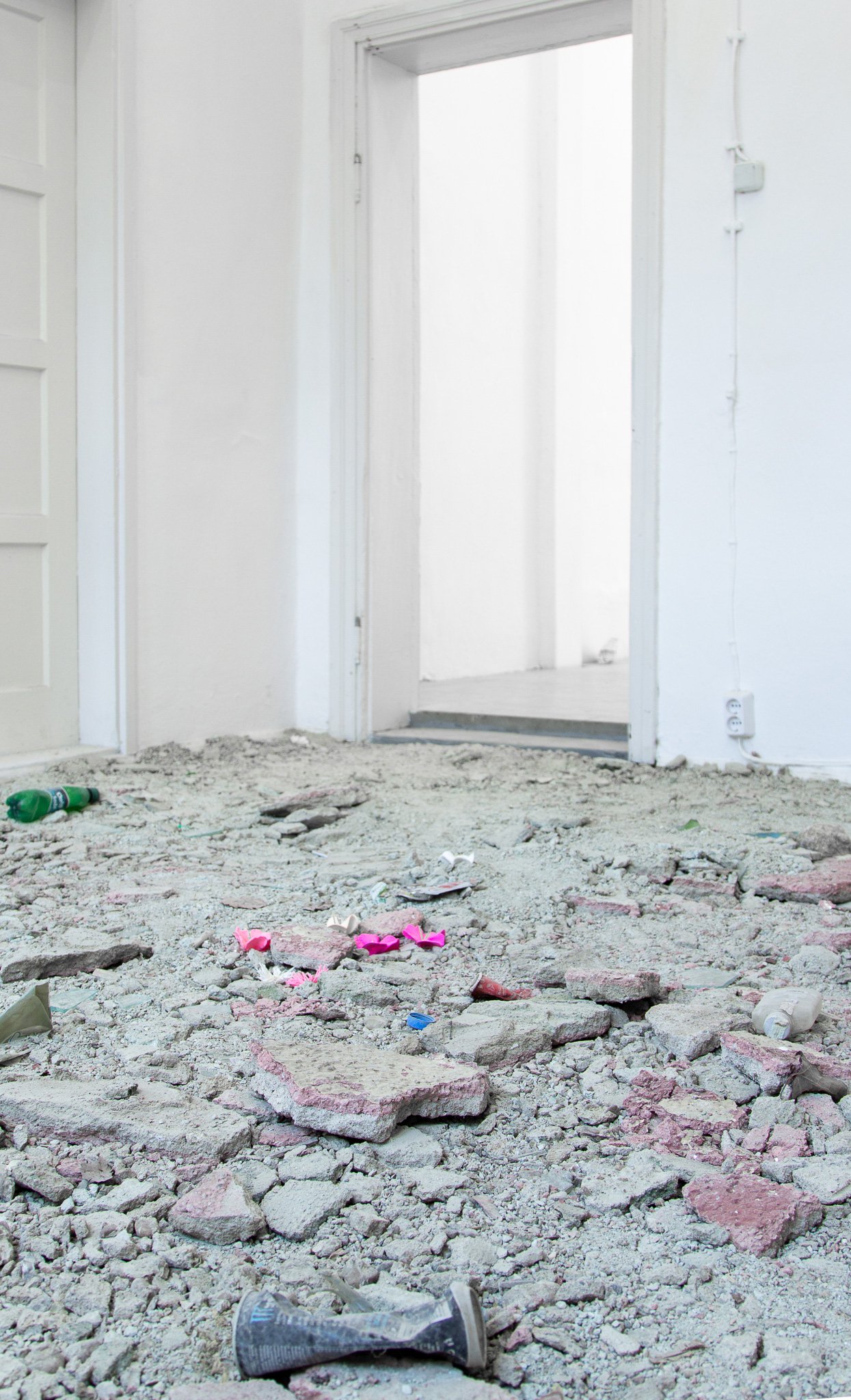
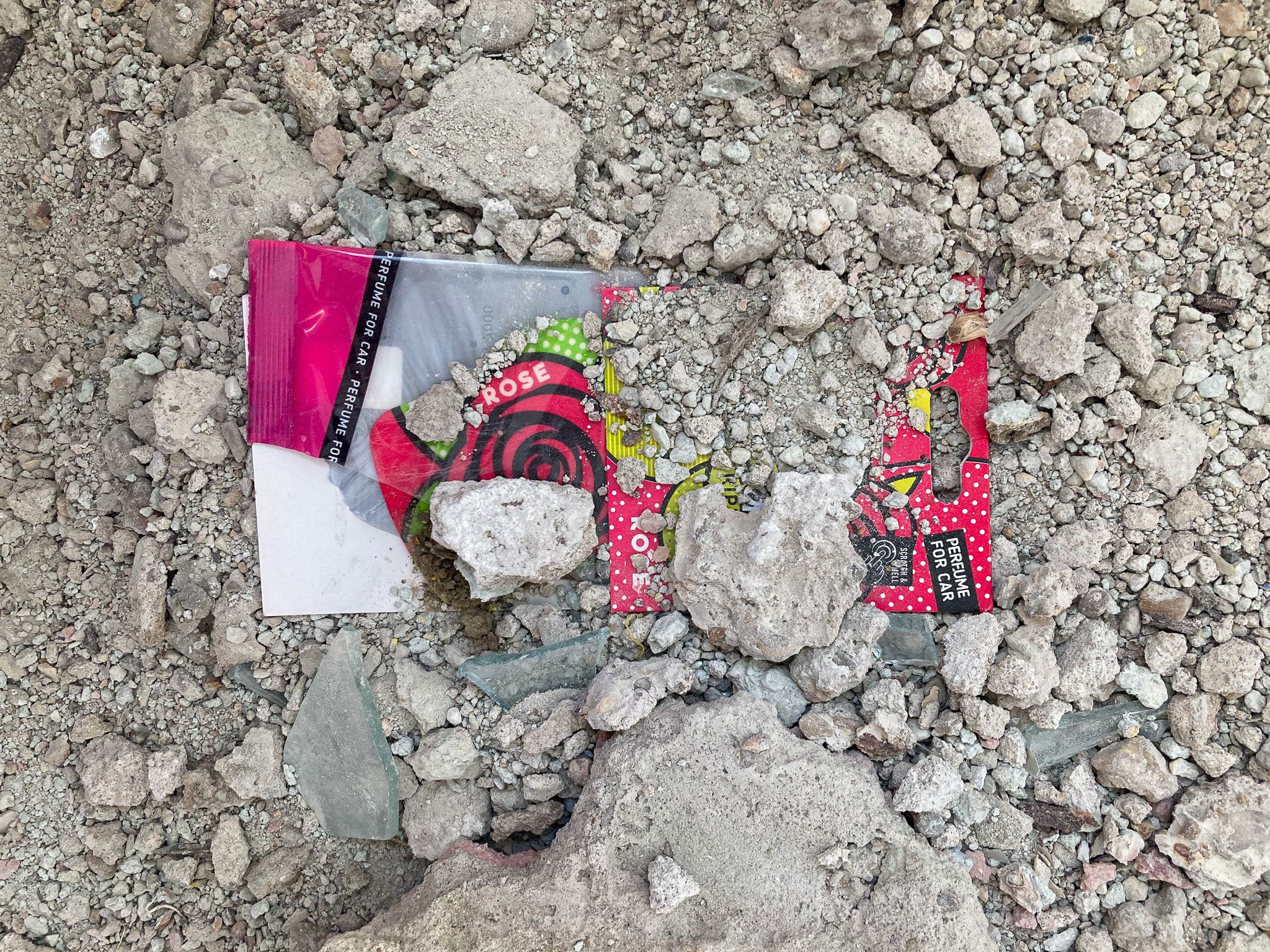
“Yes, Heaven is thine; but this
Is a world of sweets and sours;
Our flowers are merely—flowers,
And the shadow of thy perfect bliss
Is the sunshine of ours”
-Extract of “Israfel” by Edgar Allan Poe, 1831.
We used to have these things called flowers. From the ground they grew, colorful to attract insects to pollinate them so that more flowers could grow and the insects and other animals could eat.
The capitalist project of streamlining life resulted in that short cut grass was preferred in many western cities and in people’s private gardens.
As awareness arose, trying to diversify cities and to keep the animal life plentiful, meadows became modern again. Different types of trees were planted, green areas saved, meadows accepted even in urban environments.
But the planet grew warmer. Greenscapes with trees in urban environments became more important as places to find shade and protection from the sun in extremely hot climates.
In 2023 the European Union started the initiative called GreenScape CE (https://www.interreg-central.eu/projects/greenscape-ce/). The project’s aim was to “Climate-proof landscape through renaturing urban areas in Central Europe” focusing on five locations suffering from “urban heat island effects”.
In 2024 a well-needed, colourful flower-resembling playground for kids, and benches for the locals to gather, was built in the center of the rural Bulgarian village Vishovgrad. Large trees offering shade were removed to give space to the new playground. Having temperatures reaching 40°C in the summer months, playing in the playground or resting on one of the benches without any shade was insufferable. The ground was made out of dark rubber where no flowers could grow and which absorbed more heat than the neatly cut grass around it.